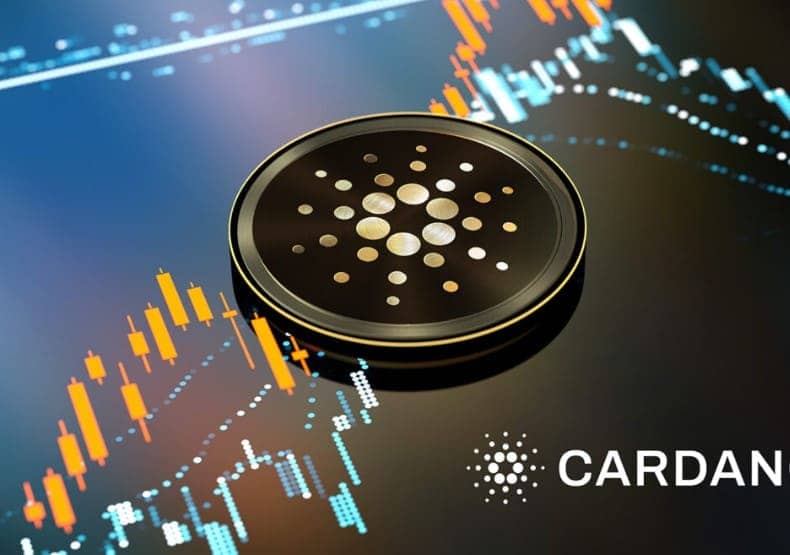
What Is Cardano (ADA)? How Does Cardano Work?
If you’re familiar with blockchain technology at all, you’ve probably heard of Cardano. As one of the most utilized digital currencies recently,
Compared to other digital currencies, what makes Cardano special? Who made it, and why should users and financiers care about it? This page has the solutions to these problems and more.
Cardano (ADA) has quickly risen to become one of the most valuable blockchain assets overall. Since its inception in 2015, ADA has maintained a position among the top 10 most valuable cryptocurrencies. Its technology is developing rapidly, and it hopes to compete with platforms like Ethereum by creating a large blockchain ecosystem.
In addition to its distinctive multilayer design, Cardano’s consensus process is based on mathematical concepts. Many people believe that Cardano is the next generation of cryptocurrency solutions since it was developed by a team that contributed to the development of Ethereum.
Let’s take a look at Cardano and see what makes it such an interesting cryptocurrency, including its technology.
What Is ADA?
Cardano (ADA) is the cryptocurrency used on the Cardano blockchain. In some aspects, this is analogous to ether and the Ethereum network.
Bitcoin may be viewed as Crypto 1.0. It’s the digital equivalent of gold, but the system has some serious scaling problems. Then there’s Ethereum, the “Crypto 2.0,” as it’s sometimes called.
Cardano was released in 2017 as Crypto 3.0 with the intention of addressing some of Ethereum’s early limitations.
Cardano was created by Charles Hoskinson, who also helped create Ethereum. In 2014, Hoskinson and Vitalik Buterin, the other co-founder of Ethereum, butted heads over whether or not the Ethereum project should be commercial.
Hoskinson then went on to create Cardano, which he hopes would be an improvement over Bitcoin and Ethereum by being more scalable, interoperable, and sustainable.
“Referred to by supporters as an ‘Ethereum killer,’ Cardano’s ongoing development is supported by the Cardano Foundation and the IOHK research institute, which engage in [resources and development] and peer review via a formal development model,” said Henrik Gebbing, co-CEO and co-founder of digital asset custodian Finoa.
Blockchain networks based on proof-of-work consensus algorithms, like Bitcoin and other prominent cryptocurrencies, have been criticized for being inefficient power hogs. Cardano’s proof-of-stake consensus process makes it a blockchain that can last longer and grow in size.
The Cardano platform’s native coin is ADA. Cardano’s currency honors Ada Lovelace, a pioneering computer programmer, and mathematician from the 19th century.
The ADA token is used to settle platform transaction fees. As a bonus for maintaining the proof of stake network, it is also distributed to the validators.
How Does Cardano Work?
Cardano operates on a layered architecture, consisting of two main layers: the Cardano Settlement Layer (CSL) and the Cardano Computation Layer (CCL). Each layer has its own distinct functions and contributes to the overall operation of the Cardano network.
The Cardano Settlement Layer (CSL) serves as the foundation of the Cardano blockchain. Its primary purpose is to handle the native cryptocurrency ADA and record transactions on the blockchain. The CSL employs a proof-of-stake (PoS) consensus algorithm known as Ouroboros. In this consensus mechanism, stakeholders participate in the network’s consensus by staking their ADA and becoming validators.
Validators are randomly selected to create new blocks and validate transactions based on the amount of ADA they hold. This PoS algorithm ensures the security and integrity of the network by preventing malicious activities and attacks. Transactions on the CSL are grouped into blocks and linked together using cryptographic hashes, forming an immutable and transparent blockchain.
The Cardano Computation Layer (CCL) is responsible for executing smart contracts and running decentralized applications (dApps) on the Cardano network. It provides a flexible and scalable platform for developers to build and deploy applications. The CCL supports multiple programming languages, with a primary focus on functional programming languages such as Haskell. This allows developers to write smart contracts and dApps with strong formal verification and security guarantees.
Smart contracts on Cardano undergo rigorous testing and verification processes to ensure their correctness and safety. The CCL also supports sidechains, which are additional blockchains that can operate alongside the main Cardano blockchain. Sidechains enable scalability and enhance privacy by separating certain types of transactions or computations from the main chain.
In addition to its layered architecture, Cardano incorporates a decentralized governance model and a treasury system. ADA holders have the ability to participate in decision-making processes through a voting mechanism. This allows stakeholders to propose and vote on protocol upgrades, improvements, and funding for projects within the Cardano ecosystem. The treasury system allocates a portion of ADA transaction fees and newly minted coins to a treasury fund.
This fund is used to support the ongoing development and maintenance of the Cardano ecosystem, including funding for projects, research, and community initiatives. The decentralized governance and treasury system aim to ensure that the Cardano network remains sustainable, adaptable, and responsive to the needs and interests of its stakeholders.
Overall, Cardano’s design and architecture prioritize security, scalability, and sustainability. By employing a layered approach, incorporating PoS consensus, supporting multiple programming languages, and implementing decentralized governance, Cardano strives to provide a robust and user-friendly blockchain platform for decentralized applications and smart contracts. The project’s research-driven approach and commitment to formal methods aim to address the limitations of existing blockchain systems while fostering interoperability and promoting a decentralized and inclusive ecosystem.
How to Buy Cardano?
To buy Cardano (ADA), you can follow these steps:
- Choose a cryptocurrency exchange: Select a reputable cryptocurrency exchange that supports Cardano trading. Some popular exchanges that list ADA include Binance, Coinbase, Kraken, and Bittrex. Ensure that the exchange is available in your country and offers the necessary features you require.
- Create an account: Sign up for an account on the chosen exchange. Provide the required information, such as your email address, username, and password. Complete any verification processes that may be necessary, such as identity verification (KYC).
- Fund your account: Once your account is created and verified, you’ll need to deposit funds into your exchange account. Most exchanges support deposits in fiat currencies like USD or EUR, as well as other cryptocurrencies like Bitcoin or Ethereum. Follow the instructions provided by the exchange to deposit funds.
- Locate the Cardano market: Find the Cardano trading market on the exchange. This is usually done by searching for “ADA” or “Cardano” in the market or trading section of the platform.
- Place an order: Determine the type of order you want to place. There are generally two types: market orders and limit orders. A market order will execute immediately at the current market price, while a limit order allows you to set a specific price at which you want to buy Cardano. Enter the amount of ADA you wish to purchase and review the order details.
- Execute the trade: Once you are satisfied with the order details, confirm and execute the trade. If you placed a market order, your Cardano should be credited to your exchange account almost instantly. If you placed a limit order, the trade will execute when the market reaches the specified price.
- Secure your Cardano: After the purchase is complete, it’s advisable to transfer your Cardano from the exchange to a secure wallet that you control. This reduces the risk of losing your coins if the exchange is compromised. There are various types of wallets available, such as hardware wallets, software wallets, and mobile wallets. Choose a wallet that suits your needs and follow the instructions to set it up.
Remember to conduct thorough research, consider security measures, and exercise caution when buying cryptocurrencies. It’s recommended to only invest what you can afford to lose and to stay informed about market trends and regulatory requirements in your jurisdiction.
Where to Buy Cardano?
Cardano (ADA) can be bought on various cryptocurrency exchanges. Here are some popular exchanges where you can buy Cardano:
Binance: Binance is one of the largest and most reputable cryptocurrency exchanges globally. It offers a wide range of trading pairs, including ADA, and provides a user-friendly interface for buying and selling cryptocurrencies.
Coinbase: Coinbase is a well-known and user-friendly cryptocurrency exchange available in many countries. It supports ADA trading and offers a simple interface, making it suitable for beginners.
Kraken: Kraken is a reputable exchange known for its security measures and advanced trading features. It supports ADA trading pairs and provides a professional trading platform for more experienced users.
Bittrex: Bittrex is a popular exchange that supports a variety of cryptocurrencies, including Cardano. It offers a straightforward user interface and a range of trading options.
KuCoin: KuCoin is a global cryptocurrency exchange that lists ADA and provides a user-friendly platform with various trading tools and features.
When choosing an exchange, consider factors such as the availability in your country, fees, security measures, user interface, customer support, and the reputation of the exchange. It’s important to select a reputable and trustworthy exchange to ensure the security of your funds. Additionally, check if the exchange requires completing a verification process (KYC) before trading and whether it offers the deposit and withdrawal methods that suit your needs.
How to Use Cardano?
There is solid backing for ADA and the Cardano ecosystem from financiers and programmers. As the price of ADA rises, cryptocurrency fans are gradually beginning to embrace it as a form of payment.
P2P (peer-to-peer) transfers between the sender and the receiver are the most common form of payment. Here, the sender may transfer already-issued ADA tokens to the recipient’s wallet address without intervening with third parties. Due to ADA’s growing popularity, more and more merchants are implementing specialized ADA payment gateways, opening the door for ADA to be used in online transactions.
The average transaction cost for Cardano is 0.16 ADA. A flat transaction charge and the total value of all transactions are used to arrive at this figure. Therefore, the transaction costs will rise as the transaction amount rises.
Staking is the method through which users validate payments on the Cardano blockchain in exchange for ADA tokens. By participating in a staking pool with your current ADA, you may help the node operators verify and validate transactions instantly.
Keep in mind that you can only have one staking pool associated with your ADA wallet. In order to reap the long-term benefits of staking cryptocurrency, it is important for readers to undertake their own studies.
The returns, or benefits, for ADA staking, are often set in advance and change from pool to pool. There is a hard limit of one staking pool per wallet. Before putting money into ADA staking pools, users should do their homework.
Advantages of Cardano
Cardano (ADA) offers several advantages that distinguish it from other blockchain platforms. Here are some key advantages of Cardano:
- Scientific Approach: Cardano takes a research-driven approach to blockchain development, integrating principles of peer-reviewed academic research. This approach ensures that the platform is built on a strong theoretical foundation and employs rigorous methods to enhance security, scalability, and sustainability.
- Scalability and Sustainability: Cardano aims to address the scalability challenges faced by many blockchain networks. Through its layered architecture and use of sidechains, Cardano can handle increased transaction volumes without sacrificing performance. The platform also emphasizes long-term sustainability by focusing on energy efficiency and minimizing environmental impact.
- Proof-of-Stake (PoS) Consensus: Cardano utilizes a PoS consensus mechanism called Ouroboros, which offers several advantages over traditional proof-of-work (PoW) systems. PoS consumes less energy, reducing the carbon footprint associated with mining. Additionally, PoS allows ADA holders to participate in securing the network and earning rewards by staking their ADA holdings.
- Formal Verification and Security: Cardano emphasizes formal methods and thorough testing to enhance security. The platform allows developers to write smart contracts using functional programming languages like Haskell, which enables strong formal verification. Formal verification helps identify potential vulnerabilities or bugs in smart contracts before they are deployed, leading to greater security and reliability.
- Decentralized Governance: Cardano incorporates a decentralized governance model that allows ADA holders to participate in decision-making processes. Through a voting mechanism, stakeholders can propose and vote on protocol upgrades, funding for projects, and other important decisions. This governance structure ensures a fair and inclusive system where the community has a say in the evolution of the platform.
- Interoperability and Cross-Chain Communication: Cardano aims to facilitate interoperability between different blockchains, allowing seamless communication and data transfer. By enabling cross-chain communication, Cardano opens up possibilities for collaboration and integration with other blockchain networks, fostering a more interconnected ecosystem.
- Emphasis on Compliance: Cardano recognizes the importance of regulatory compliance and aims to provide tools and features that enable compliance with financial regulations. This approach helps foster adoption by institutions and facilitates the integration of traditional finance with blockchain technology.
Disadvantages of Cardano
While Cardano (ADA) has many advantages, it’s important to consider potential disadvantages and challenges associated with the platform. Here are a few points to note:
- Development Stage: Cardano is still in its early stages of development. While it has made significant progress, some of its features and functionalities are yet to be fully implemented and tested. As a result, there may be uncertainties and potential risks associated with using and investing in a platform that is still evolving.
- Competition: The blockchain industry is highly competitive, with many other platforms vying for market share and developer adoption. Established platforms like Ethereum and emerging ones like Polkadot and Solana pose strong competition to Cardano. It remains to be seen how Cardano will differentiate itself and attract developers and users in this competitive landscape.
- Dependency on Research and Development: Cardano places a strong emphasis on scientific research and peer-reviewed studies. While this is a notable strength, it can also slow down the development process. Rigorous research and formal verification processes can be time-consuming and may delay the implementation of new features and updates.
- Regulatory Uncertainty: The regulatory landscape surrounding cryptocurrencies and blockchain technology is evolving. Cardano’s compliance-focused approach may help with regulatory acceptance. However, uncertainties and changing regulations could still impact the platform’s operations, adoption, and utility in certain jurisdictions.
- Network Effect: The success of a blockchain platform depends on network effects, which involve attracting developers, users, and projects to build and operate within the ecosystem. While Cardano has made strides in this regard, the network effect is a significant challenge that any blockchain platform must overcome to establish itself as a dominant player in the market.
Should You Buy Cardano?
The decision of whether to buy Cardano (ADA) or any other cryptocurrency depends on various factors, including your financial goals, risk tolerance, and understanding of the cryptocurrency market. Here are a few points to consider:
Potential for Growth: Cardano has garnered attention for its innovative approach, research-driven development, and aim to address the scalability and sustainability challenges faced by other blockchain platforms. If you believe in the long-term potential of Cardano and its ability to deliver on its promises, you may consider investing in ADA.
Market Volatility: Cryptocurrencies, including Cardano, are known for their price volatility. The market can experience significant fluctuations, which can result in both gains and losses. It’s important to be aware of the inherent risks and be prepared for potential price volatility when investing in cryptocurrencies.
Diversification: If you already have a diversified investment portfolio and are looking to add exposure to the cryptocurrency market, Cardano could be a consideration. Diversification can help spread risks and potentially provide opportunities for growth in different asset classes.
Research and Analysis: Before making any investment decision, it’s essential to conduct thorough research and analysis. Evaluate Cardano’s technology, development roadmap, competition, market trends, and regulatory factors. Consider consulting with financial advisors or experts who can provide insights based on your specific financial situation and investment goals.
Risk and Risk Tolerance: Investing in cryptocurrencies comes with risks. The cryptocurrency market is relatively new and still evolving, and there are inherent uncertainties and regulatory challenges. Assess your risk tolerance and determine the portion of your portfolio you are willing to allocate to higher-risk assets like cryptocurrencies.
Ultimately, the decision to buy Cardano should be based on your own research, understanding, and assessment of the potential rewards and risks. It’s important to make informed decisions and only invest what you can afford to lose. Additionally, staying updated with market developments and being mindful of regulatory changes can help you make more informed investment decisions.
Related Posts

Jim Cramer Advises Investors To Avoid Crypto Or Other Speculativeadmin . September 15, 2022
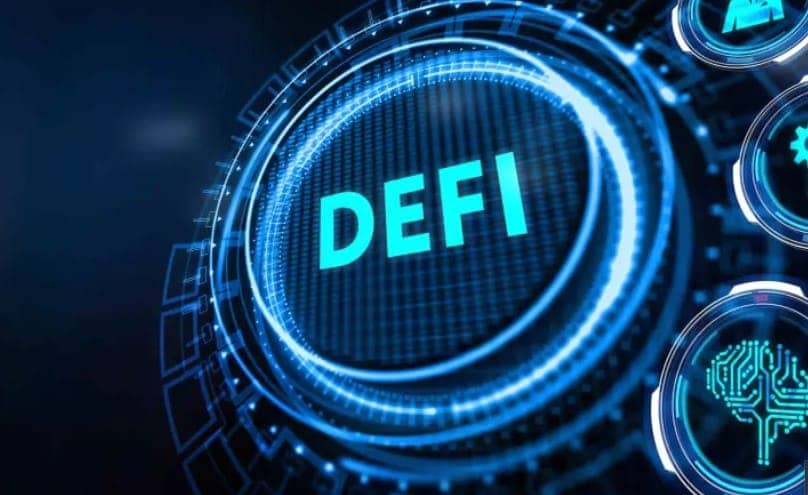
What Is DeFi? Understanding Decentralized Financeadmin . June 19, 2023

Hacker Steals $950,000 From Crypto Vanity Address As Exploits Continueadmin . October 10, 2022
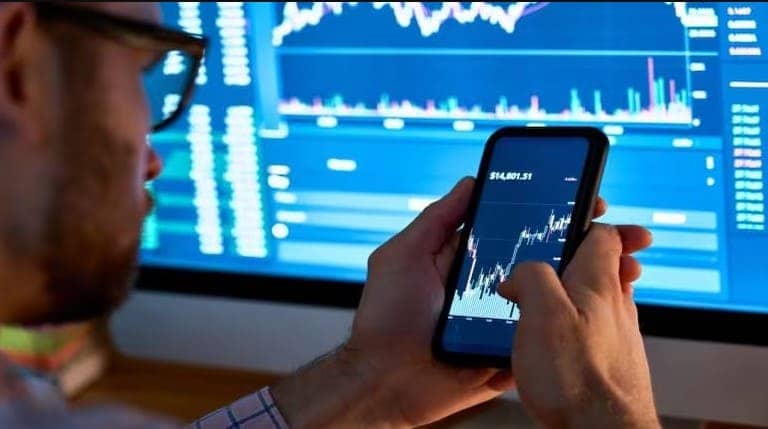
Exploring the Benefits of Contrarian Real Estate Investmentadmin . August 1, 2023

Best Ways to Investment Plans in India 2023admin . February 10, 2023

72% Of Russians Still Do Not Own A Bitcoin Oradmin . September 2, 2022
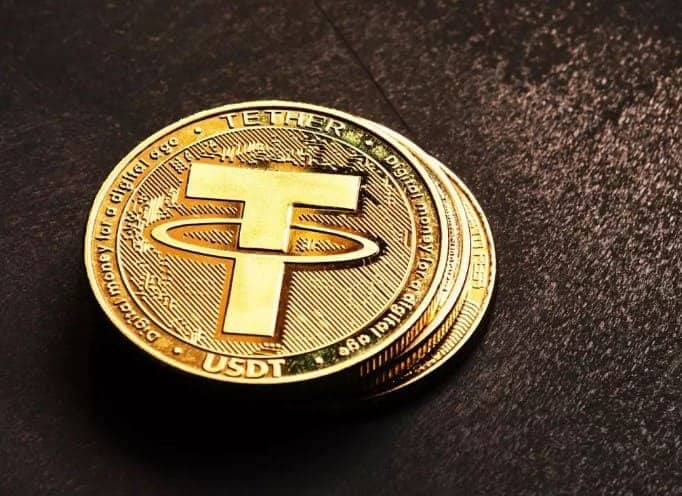
What Is Tether? How Does It Work?admin . June 19, 2023

Top Choices for Home Loans in Indiaadmin . May 24, 2022

Will Crypto’s Value Rise In The Coming Five Years? Readadmin . January 28, 2022
Latest Posts

Exploring the Best Cash Advance Apps of 2024 April 8, 2024
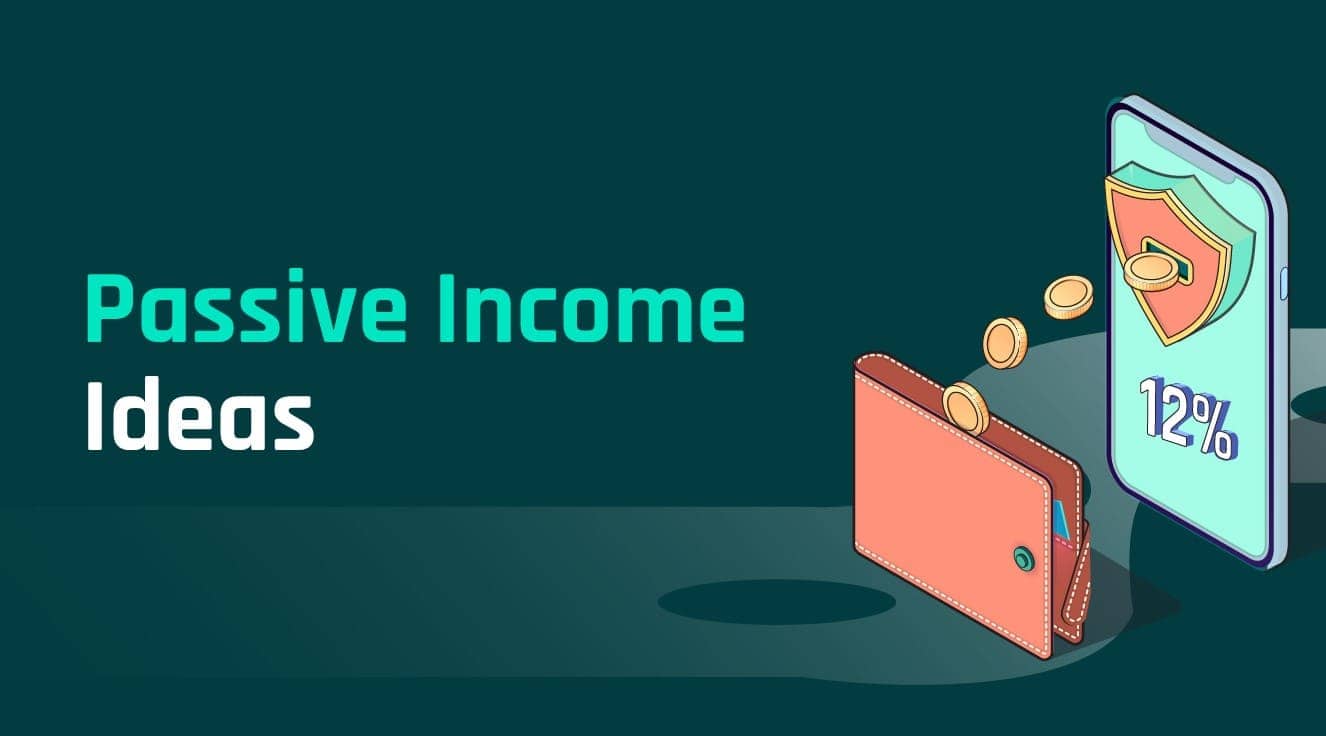
Top 34 Passive Income Ideas in 2024 March 19, 2024
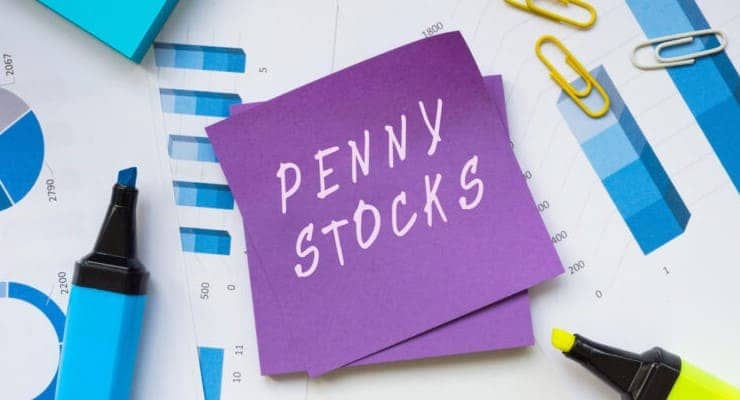
Top 10 Penny Stocks to Buy Canada 2024 February 23, 2024

Best Canadian Artificial intelligence stocks under $1 2024 February 23, 2024

Top Artificial Intelligence Stocks Canada 2024 February 20, 2024

